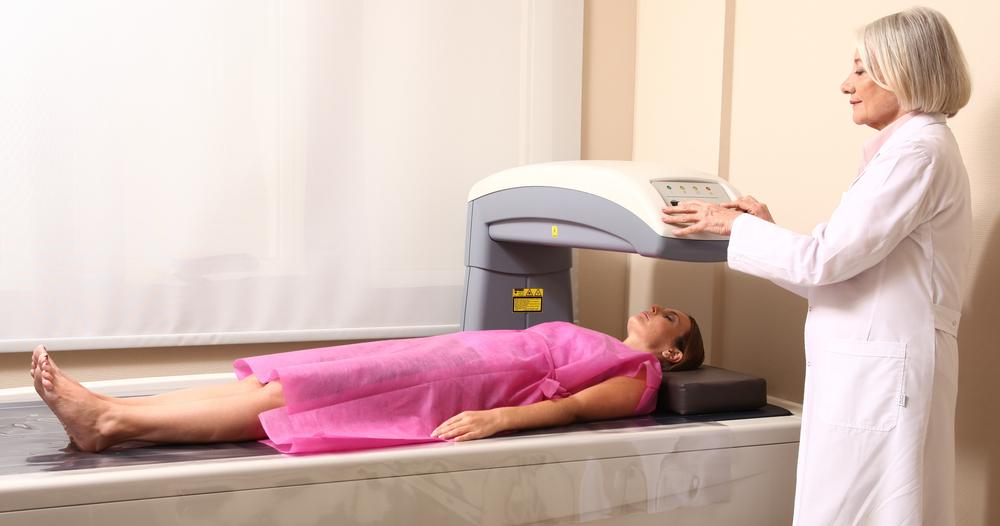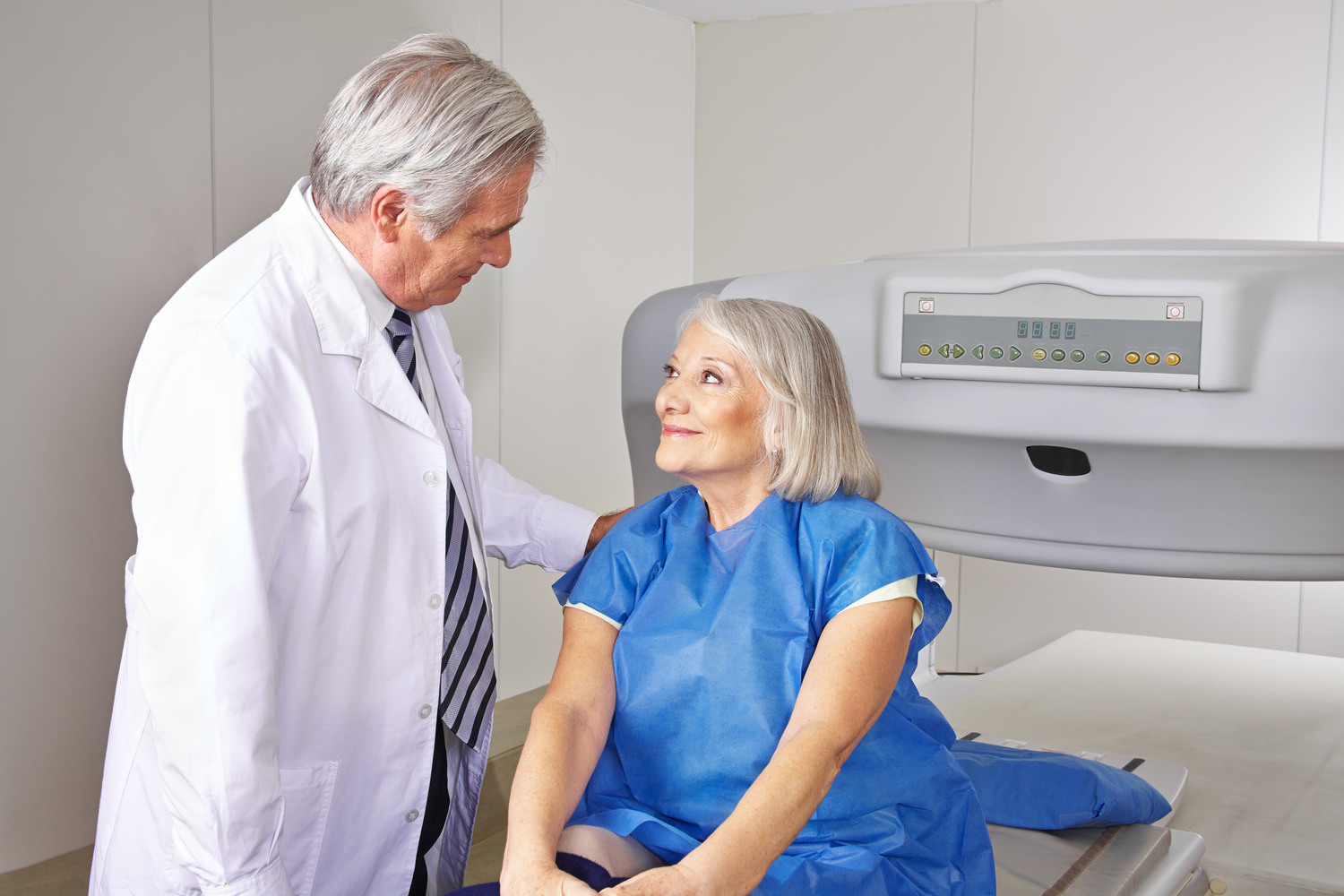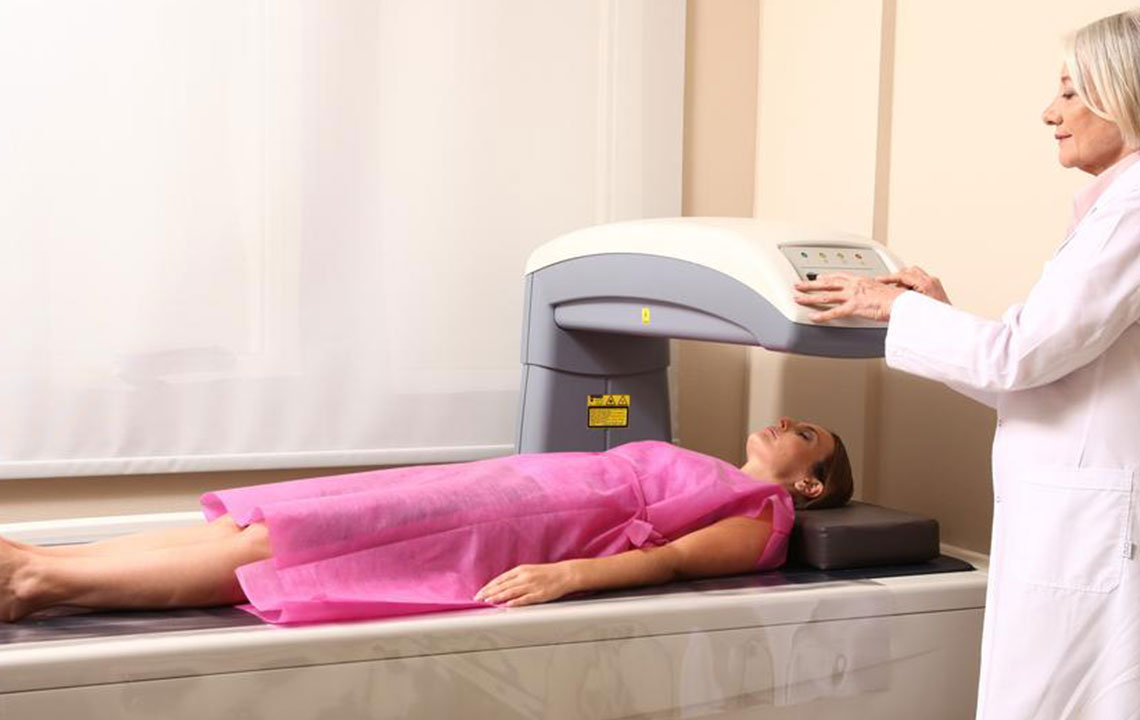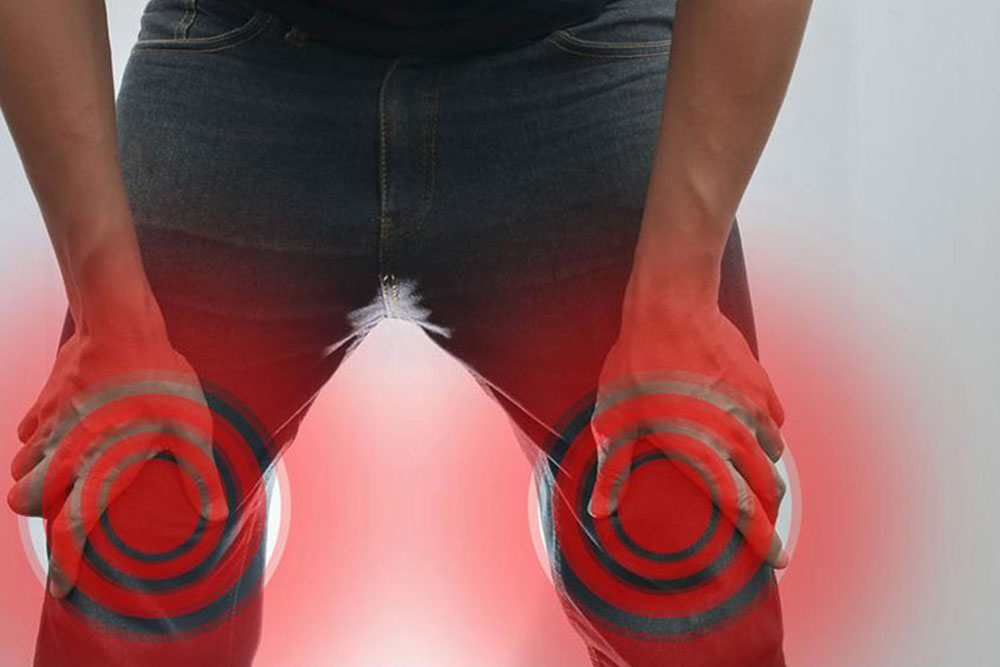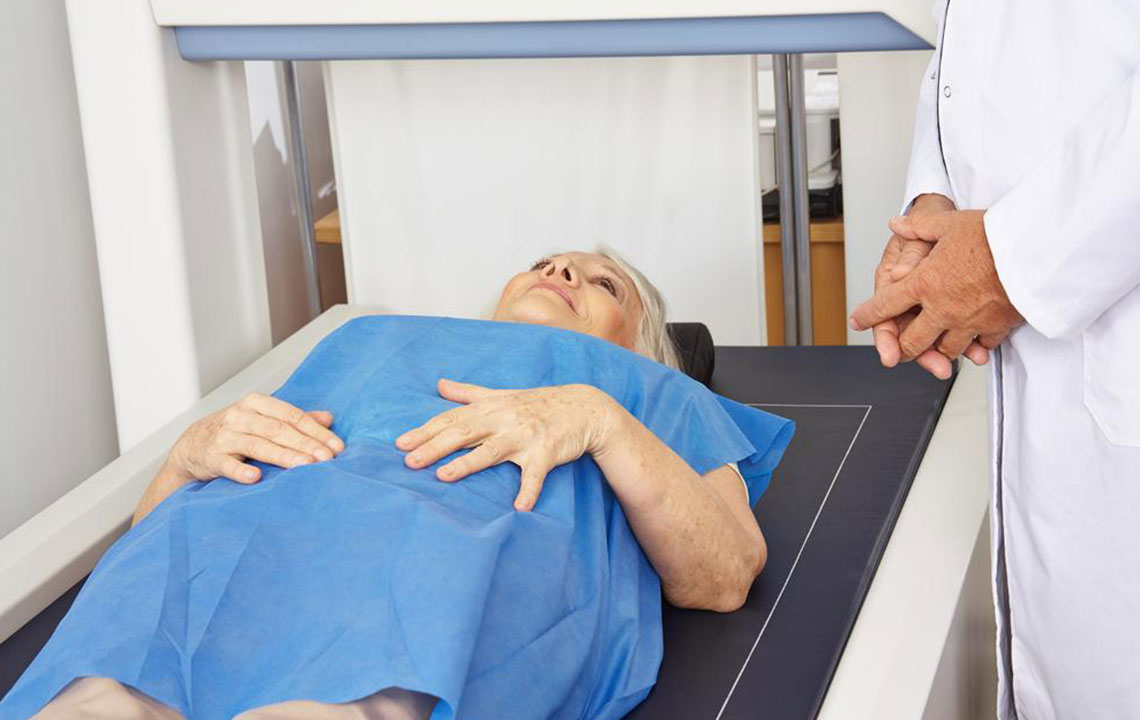Complete Guide to Bone Density Testing: Ensuring Bone Health and Preventing Osteoporosis
This comprehensive guide covers everything you need to know about bone density testing, including procedures, importance, and who should get screened. Regular assessments are vital for detecting osteoporosis early, preventing fractures, and maintaining bone health, especially for at-risk groups like women over 65. Learn about the methods, interpretation of results, and recommended testing frequency to stay ahead in your bone health management. Protecting your bones is essential for leading an active, healthy life.
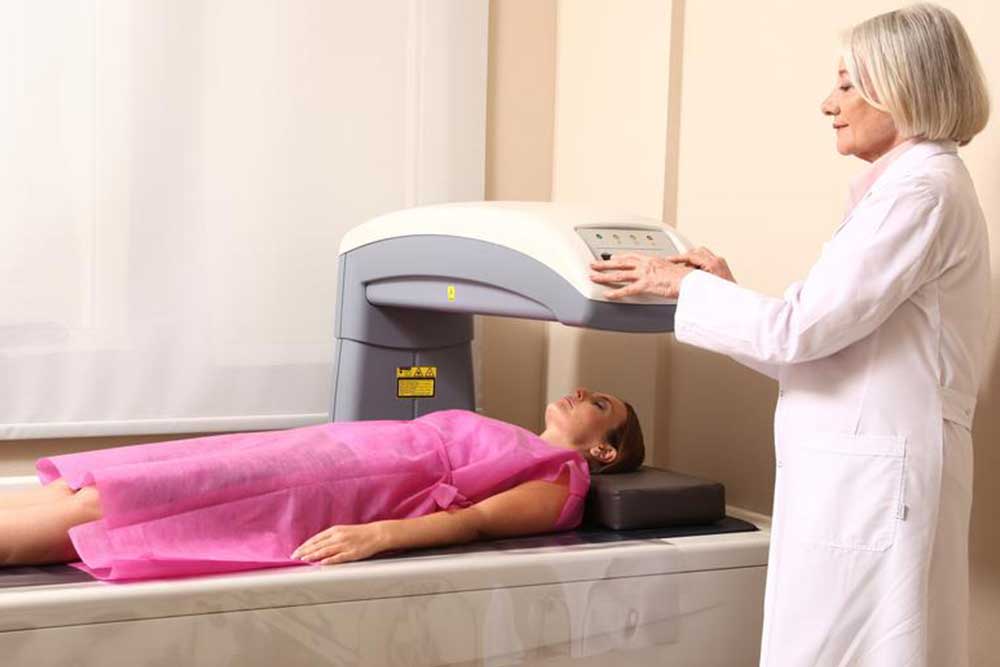
Complete Guide to Bone Density Testing: Ensuring Bone Health and Preventing Osteoporosis
Bone health is a critical aspect of overall well-being, yet many people remain unaware of the importance of evaluating bone strength regularly. Bone density, also known as bone mineral density (BMD), is a key indicator of that strength and the health status of your skeletal system. A comprehensive bone density test provides valuable insights into your bone condition, helping detect early signs of osteoporosis and other bone-related conditions. Understanding how these assessments work, who should get them, and what results mean can empower you to take proactive steps in maintaining optimal bone health.
This article serves as an in-depth guide to understanding bone density assessments, the procedures involved, and their significance for different populations. With osteoporosis affecting millions worldwide, especially women aged 65 and older, knowing when and how to evaluate bone density is essential for preventative healthcare.
What is Bone Density Testing and Why Is It Important?
Bone density testing is a diagnostic procedure that measures the mineral content, predominantly calcium, within your bones. This measurement helps assess bone strength and the likelihood of fractures. The test is particularly instrumental in diagnosing osteoporosis—a condition characterized by fragile and weak bones that are prone to fractures even with minimal trauma.
Osteoporosis often develops silently over years, with symptoms only becoming apparent after fractures occur. Therefore, early detection through bone density tests allows for timely interventions, including lifestyle modifications, medication, or other therapies to strengthen bones and prevent fractures.
Common Methods of Measuring Bone Density
The most widely used and accurate method for measuring bone density is Dual-energy X-ray Absorptiometry, known as DEXA or DXA scan. This technique employs low-dose X-ray technology to produce detailed images of bones and calculate their mineral content.
Other methods include quantitative ultrasound (QUS), peripheral DEXA scans, and computed tomography (CT), but DEXA remains the gold standard due to its precision and reliability.
Understanding the DEXA Scan Procedure
The DEXA scan procedure is simple, painless, and non-invasive. It involves lying flat on a scanning table while a specialized scanner directs low-dose X-ray beams at specific bones, usually the hips and spine. The entire process typically takes about 10 to 30 minutes.
Before the test, patients are advised to avoid calcium supplements for at least 24 hours to prevent interference with results. Metal objects such as jewelry, belts, or hooks should be removed, as they can distort the images. The scanner does not produce any discomfort or side effects, making it a safe procedure suitable for most individuals, including pregnant women.
Interpreting Bone Density Results
The results from a bone density test are reported as T-scores and Z-scores. These scores provide comparative data to help assess bone health:
T-score: Compares the patient's bone density to that of a healthy, young adult of the same sex. A T-score of -1.0 or above is considered normal, between -1.0 and -2.5 indicates osteopenia (low bone mass), and -2.5 or lower suggests osteoporosis.
Z-score: Compares the patient's results to those of peers of the same age, sex, and ethnicity. It helps identify if bone loss is excessive for age.
Negative scores imply weaker bones, with more negative values correlating with increased risk of fractures.
Frequency and Recommendations for Bone Density Testing
The need for repeat testing varies based on individual risk factors, age, and initial results. Generally, women over 65 years should have bone density assessments every 1 to 2 years, especially if they have risk factors such as family history, previous fractures, or use of certain medications like corticosteroids.
For younger women or men, testing might be recommended if they have specific risk factors or clinical indications. Individuals on long-term steroid therapy or those undergoing certain treatments should also undergo regular monitoring.
Healthcare providers tailor testing schedules based on personal health histories, lifestyle, and existing health conditions.
Who Should Consider Bone Density Assessments?
Bone density testing is recommended for:
Women aged 65 and older
Postmenopausal women of younger ages at risk for osteoporosis or fractures
Individuals with a history of fractures after minor trauma
People on long-term corticosteroid or hormone therapy
Patients diagnosed with osteoporosis or osteopenia
Individuals with certain chronic diseases affecting bone health
Postmenopausal women undergoing hormone therapy
Patients with risk factors such as smoking, excessive alcohol consumption, or poor nutrition
Early assessments facilitate proactive management strategies aimed at strengthening bones and reducing fracture risk.
Summary and Final Thoughts
Bone density assessment is a vital tool in diagnosing osteoporosis and assessing fracture risk. It helps identify individuals who may benefit from early intervention, lifestyle modifications, or medications designed to preserve bone health. By staying informed and proactive, you can significantly reduce your risk of fractures and improve your overall skeletal health.
Regular bone density testing, especially for at-risk populations, is a cornerstone of preventative healthcare. Consult your healthcare provider to determine the appropriate screening intervals based on your age, medical history, and risk factors. Protecting your bones today ensures a healthier, more mobile future.

